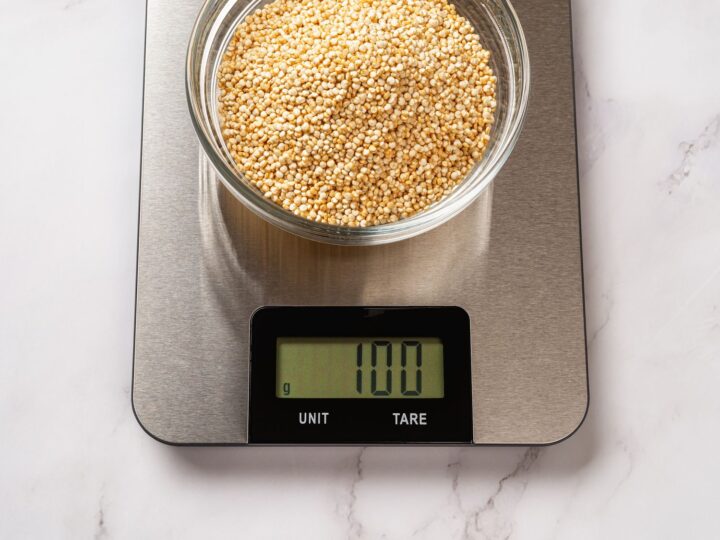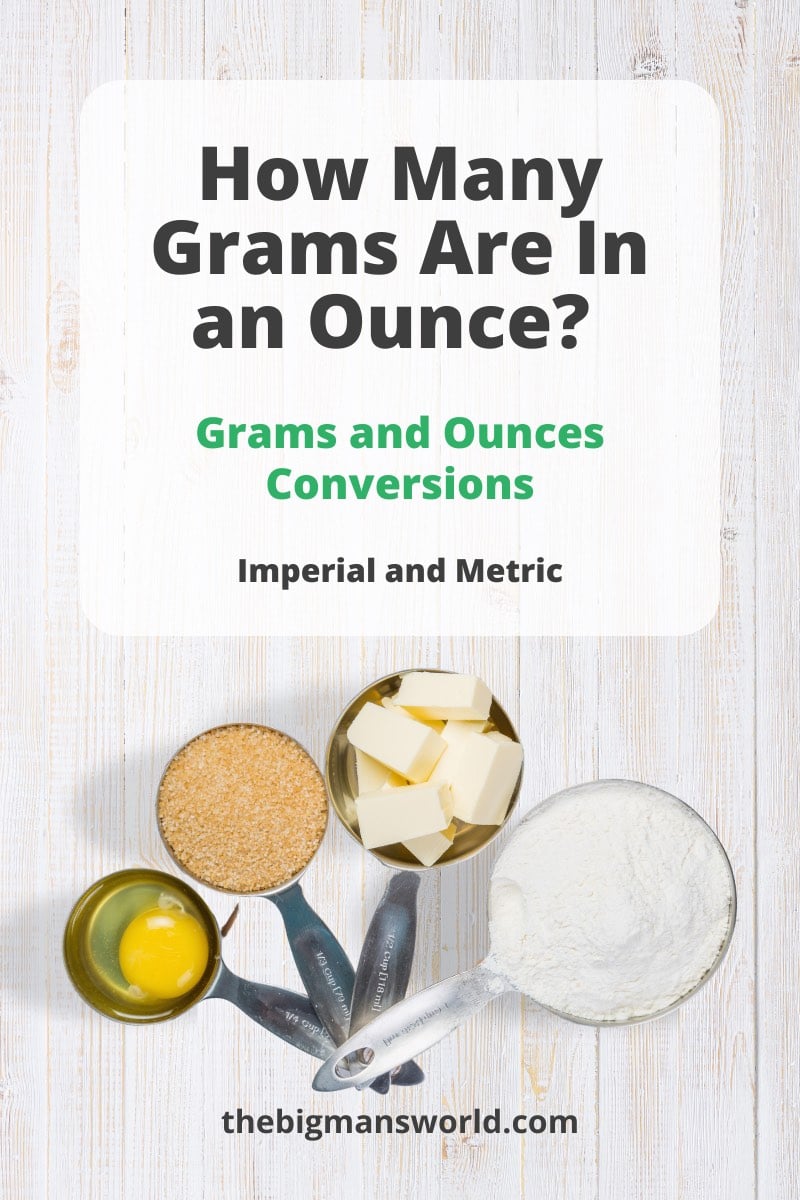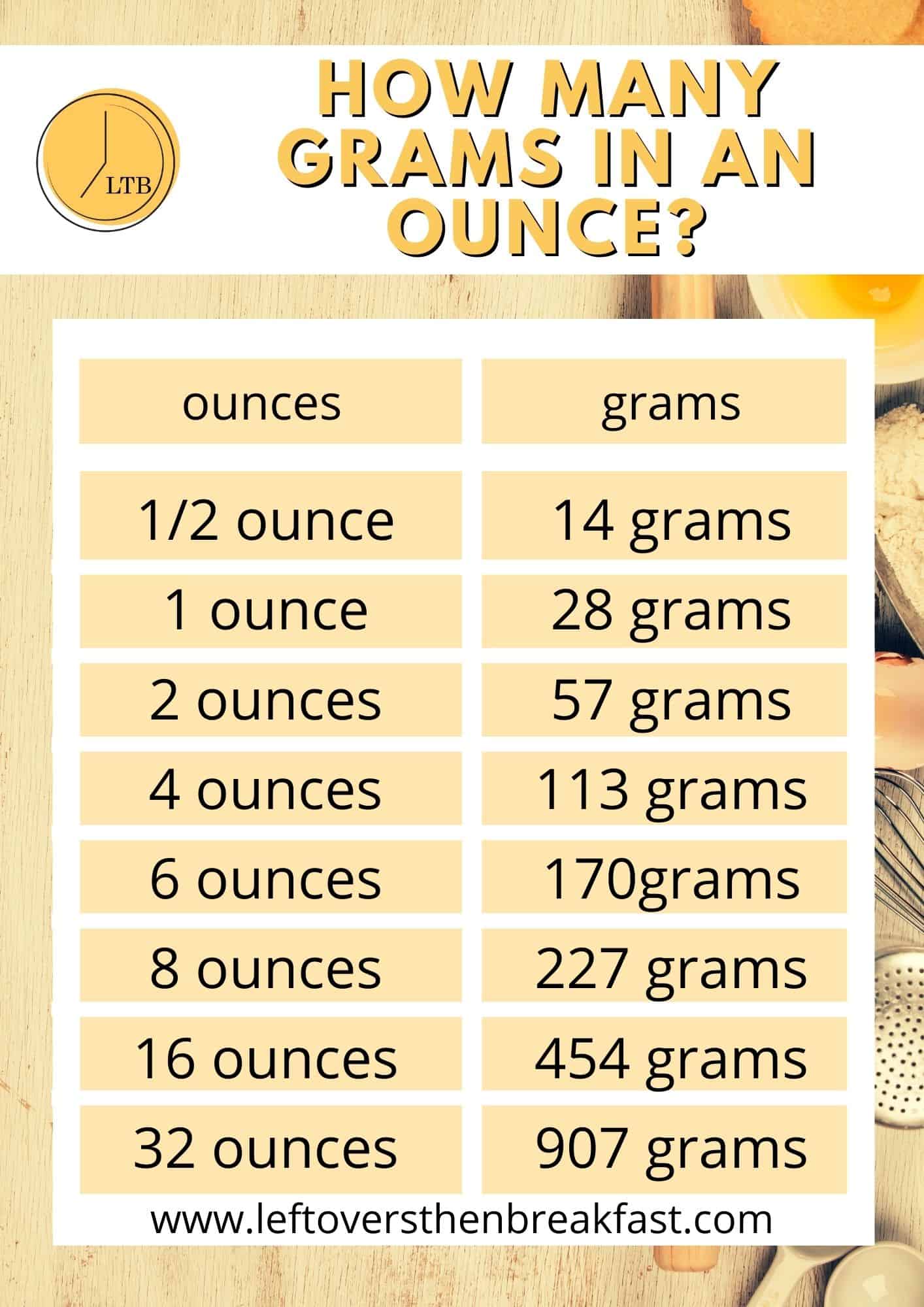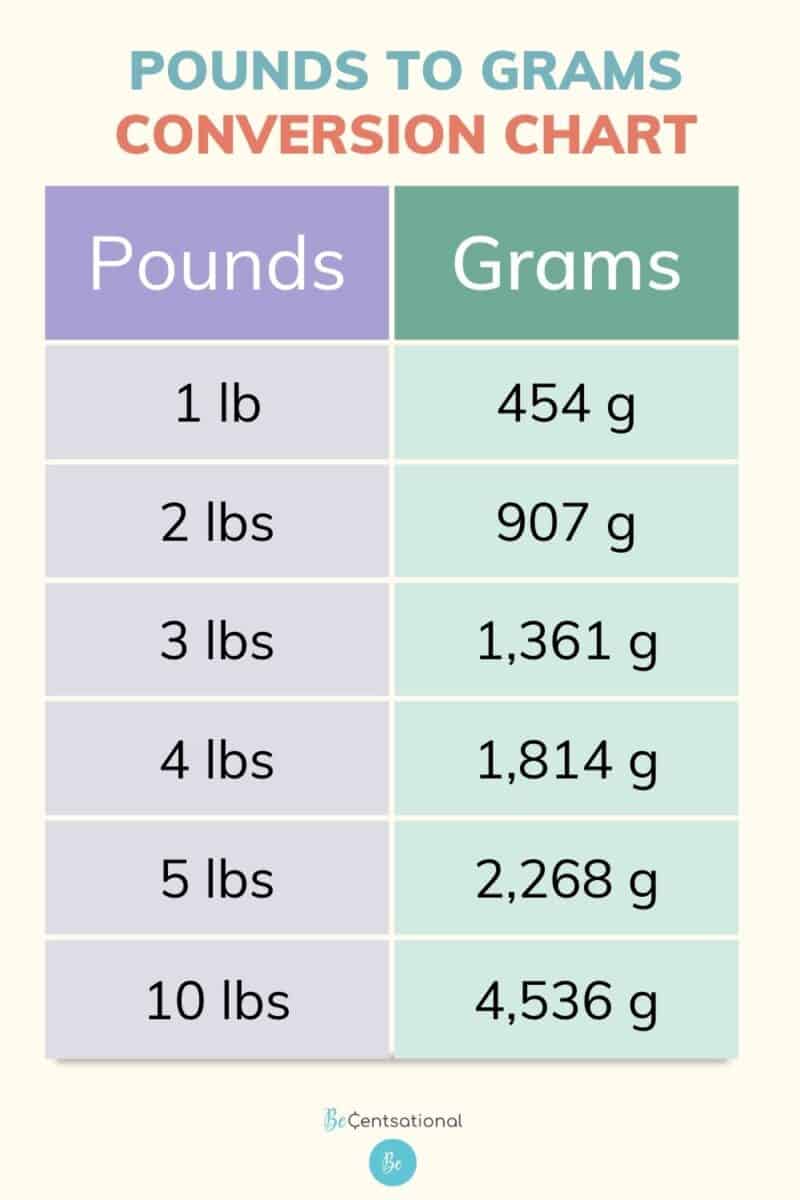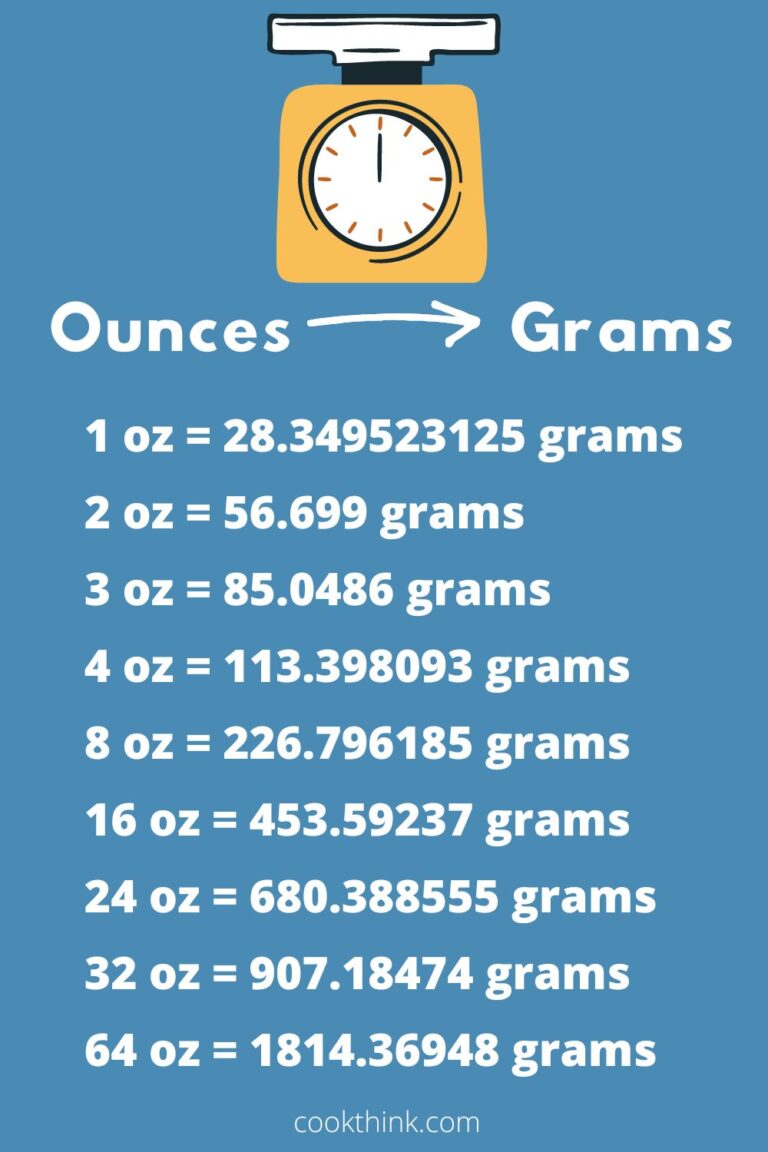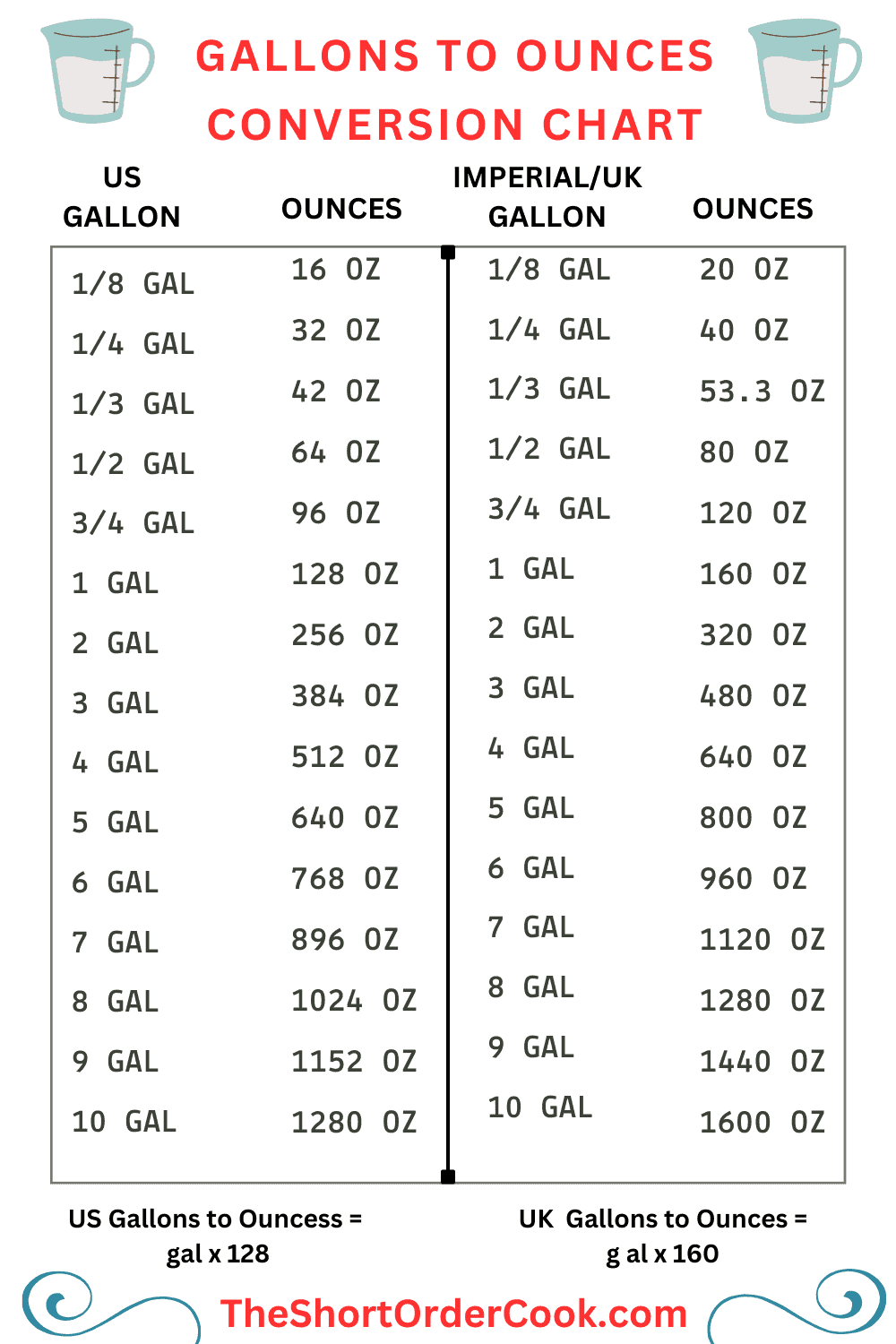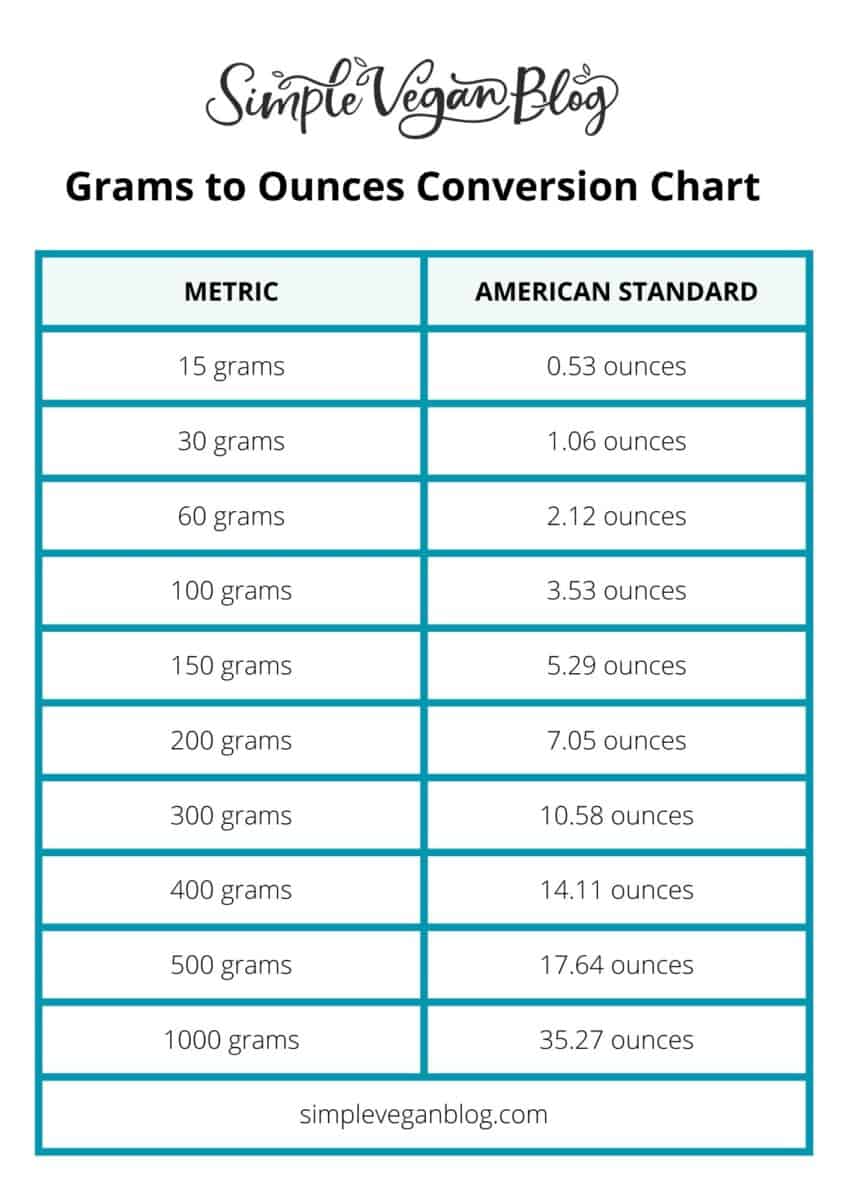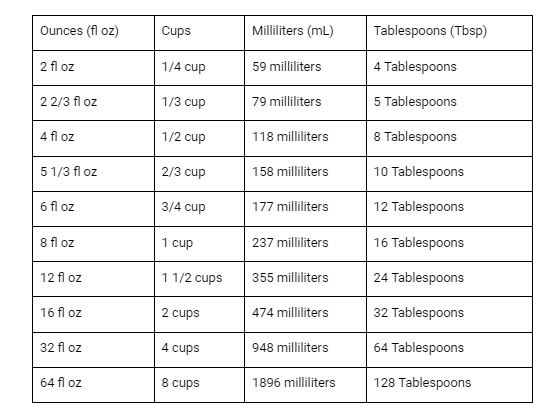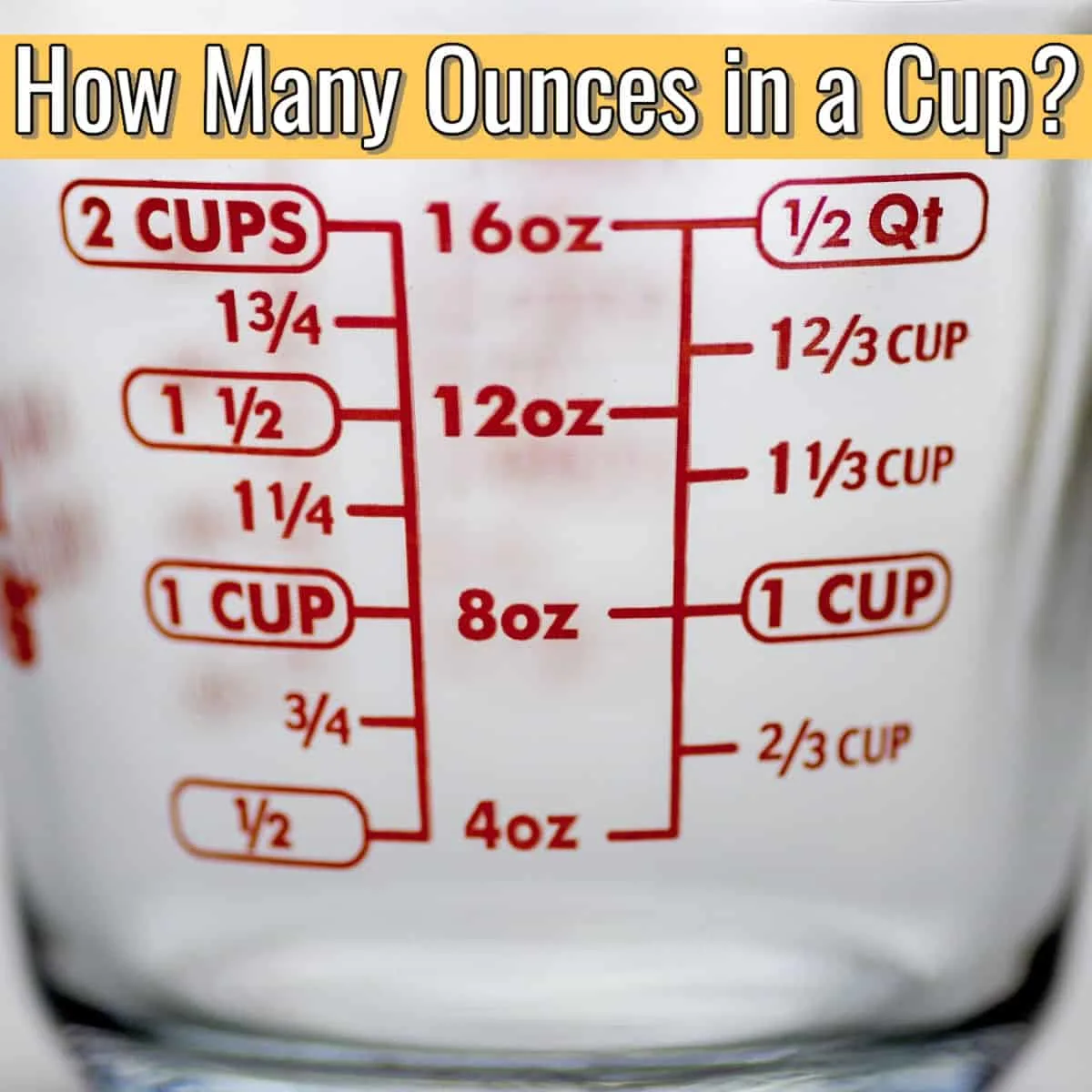How Many Ounces In 86 Grams
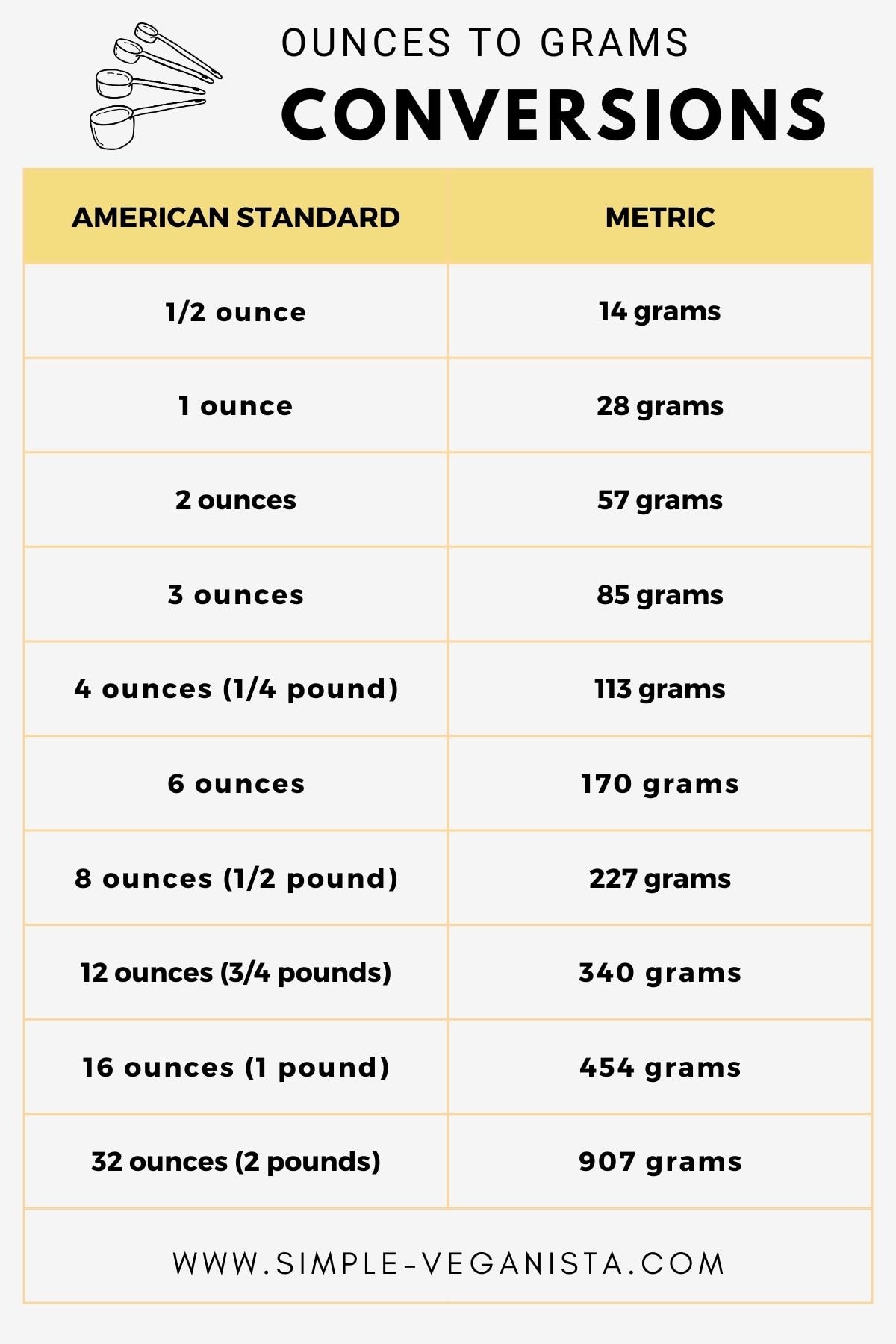
Imagine you're in the kitchen, a tantalizing aroma of freshly baked cookies filling the air. The recipe calls for precise measurements, and you find yourself face-to-face with a seemingly simple question: How many ounces are in 86 grams? It might sound trivial, but in the world of baking, cooking, and countless other applications, accuracy is paramount.
At its core, this article aims to provide a clear and concise answer to the question: How many ounces are in 86 grams? More broadly, we'll explore the fascinating world of unit conversions, shedding light on why these calculations are important and how they impact our daily lives, from the kitchen to the laboratory.
The Gram and the Ounce: A Tale of Two Systems
The gram is a fundamental unit of mass in the metric system, widely used around the world for its simplicity and consistency. It's the base unit for measuring the "weight" of smaller objects and ingredients, making it a staple in scientific research, cooking, and everyday commerce.
On the other hand, the ounce is a unit of weight in the imperial and US customary systems. Often used in the United States and a few other countries, the ounce has a long history and is deeply ingrained in certain cultural contexts, particularly in food measurements and retail.
The discrepancy between these systems is why conversions are so vital. You will need to use the conversion from metric to imperial or vice versa.
The Magic Number: Conversion Factor
To convert grams to ounces, we need a conversion factor. The accepted conversion rate is approximately 0.035274 ounces per gram.
This means that for every gram, there are roughly 0.035274 ounces. This number allows us to accurately translate measurements from the metric system to the imperial system, and vice versa.
Therefore, 86 grams can be converted to ounces using a simple multiplication.
Calculating the Conversion: 86 Grams to Ounces
Now, let's perform the calculation. We multiply 86 grams by the conversion factor (0.035274 ounces/gram):
86 grams * 0.035274 ounces/gram ≈ 3.033564 ounces
So, 86 grams is approximately equal to 3.03 ounces.
Rounding for Practicality
In practical applications, we often round the result. For baking, rounding to two decimal places is sufficient, which means 86 grams is about 3.03 ounces.
The need for precision depends on the context. In scientific experiments, accuracy is vital, so rounding is often avoided.
For most everyday tasks, rounding to the nearest tenth or hundredth of an ounce is sufficient.
The Importance of Unit Conversions
Unit conversions are crucial in many aspects of our lives. From following recipes from different countries to conducting scientific research, the ability to convert between different units of measurement is essential for clarity and accuracy.
Consider the field of medicine: precise dosages are vital for patient safety. Miscalculations in unit conversions could have serious consequences, making accurate conversions a matter of life and death.
In engineering and construction, precise measurements are essential for ensuring structural integrity. Converting between units accurately is critical for safety and success in many practical applications.
Real-World Applications
In the kitchen, converting grams to ounces helps you follow recipes written using different measurement systems. This is particularly useful when trying out international recipes.
Scientists and researchers rely on unit conversions to ensure accurate data collection and analysis. Converting between units is crucial in research.
In commerce, converting between grams and ounces is important for packaging and labeling products for different markets. Accurate labeling is key.
Tools and Resources for Conversions
Luckily, converting units is easier than ever, thanks to online conversion tools and smartphone apps. These resources provide quick and accurate conversions at your fingertips.
Many websites offer conversion calculators, allowing you to input the value in grams and instantly see the equivalent in ounces. These tools are very helpful for both quick calculations and detailed conversions.
Smartphone apps dedicated to unit conversions are also readily available, providing convenient access to a wide range of conversion tools. These apps often come with offline functionality, making them useful in situations where an internet connection is not available.
Potential Pitfalls and How to Avoid Them
While unit conversions are generally straightforward, it's important to be aware of potential pitfalls. Using the wrong conversion factor or making a simple arithmetic error can lead to inaccurate results.
Double-checking your calculations and using reliable conversion tools can help prevent errors. If the stakes are high, consider verifying the conversion using multiple sources.
Understanding the context of the conversion is also important. For instance, are you dealing with fluid ounces or weight ounces? This is a common mistake to be avoided.
Beyond the Numbers: The Human Element
Ultimately, the story of unit conversions is about more than just numbers. It's about bridging gaps between different cultures and systems, ensuring clear communication, and enabling accurate measurement in countless applications.
Whether you're a seasoned chef, a budding scientist, or simply trying to decipher a recipe, understanding unit conversions empowers you to navigate the world with greater confidence and accuracy.
It's a testament to human ingenuity and the quest for precision that drives so many of our endeavors.
Understanding these seemingly small conversions contributes to a better understanding of the world around us. It is a skill worth mastering.
Conclusion
So, the next time you find yourself wondering how many ounces are in 86 grams, remember the simple calculation and the broader implications of unit conversions. It's a small piece of knowledge that connects us to a world of precision and understanding.
The answer, to reiterate, is approximately 3.03 ounces. But the journey of understanding the conversion factor is a more valuable lesson.
In a world of ever-increasing interconnectedness, the ability to convert between different units of measurement is a valuable asset. Embrace the power of conversion, and you'll find yourself navigating the world with greater confidence and precision.



